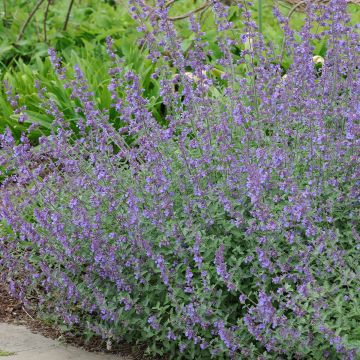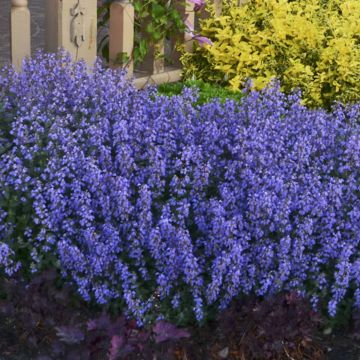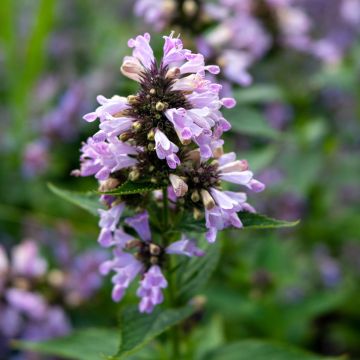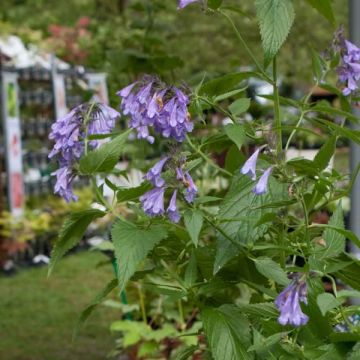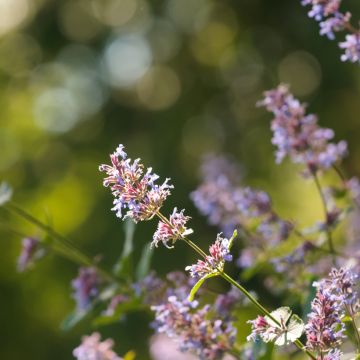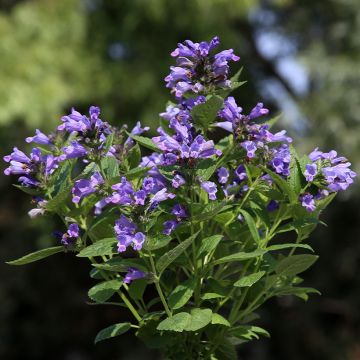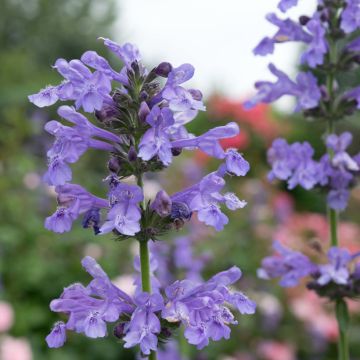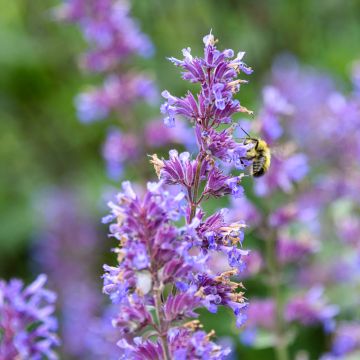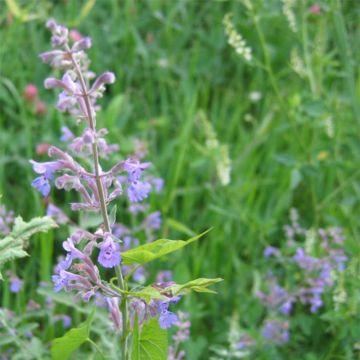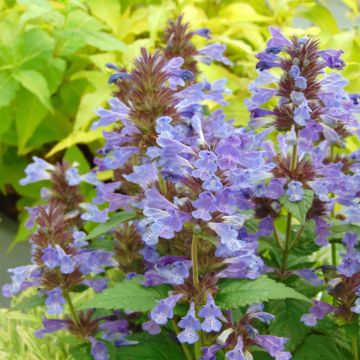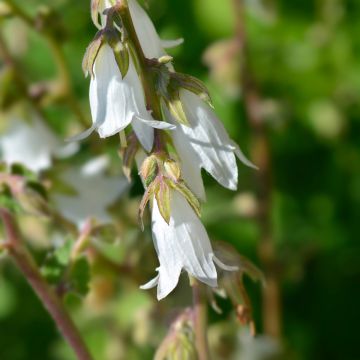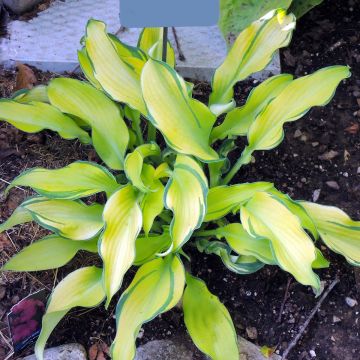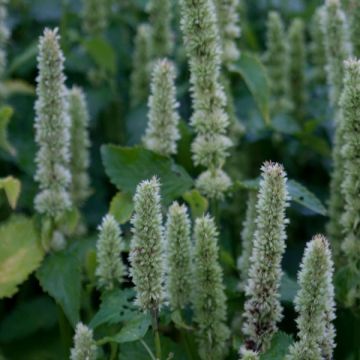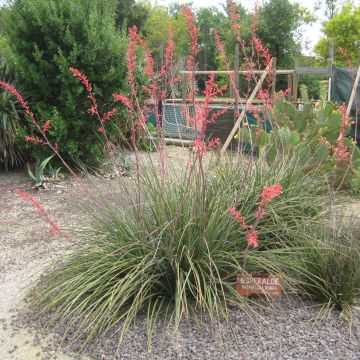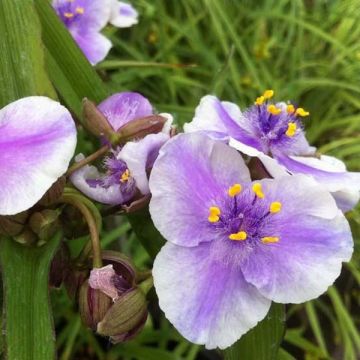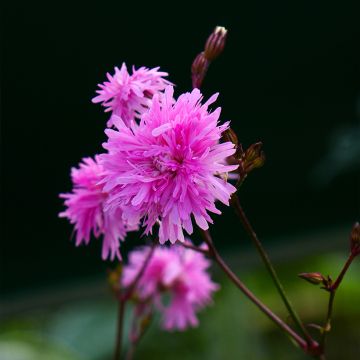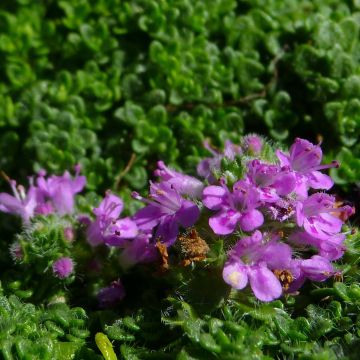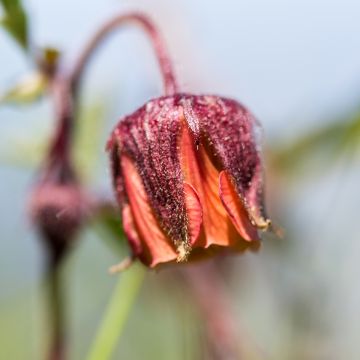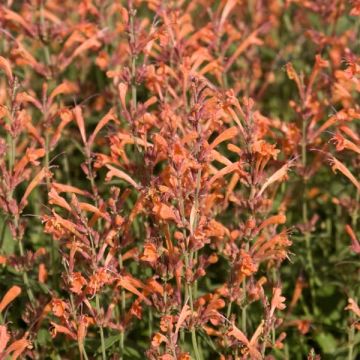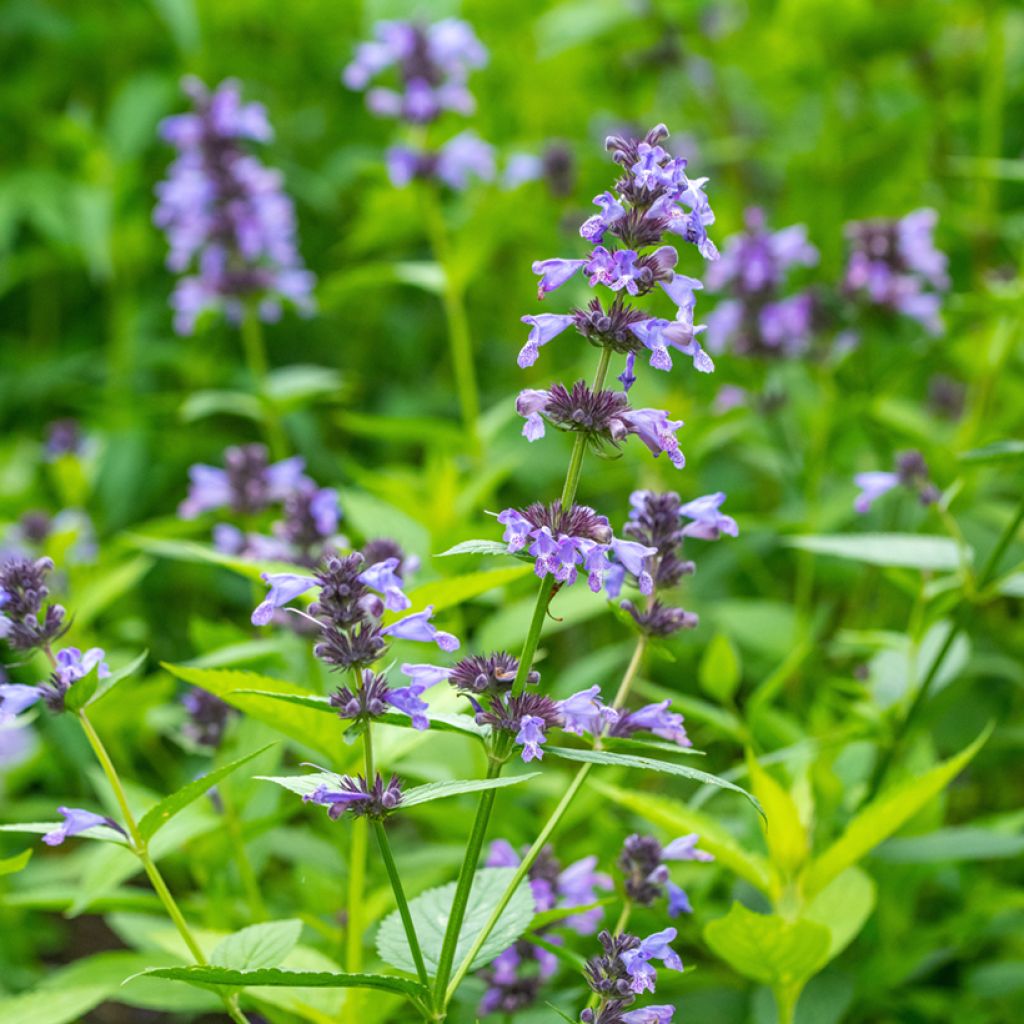

Nepeta manchuriensis Manchu Blue - Catnip
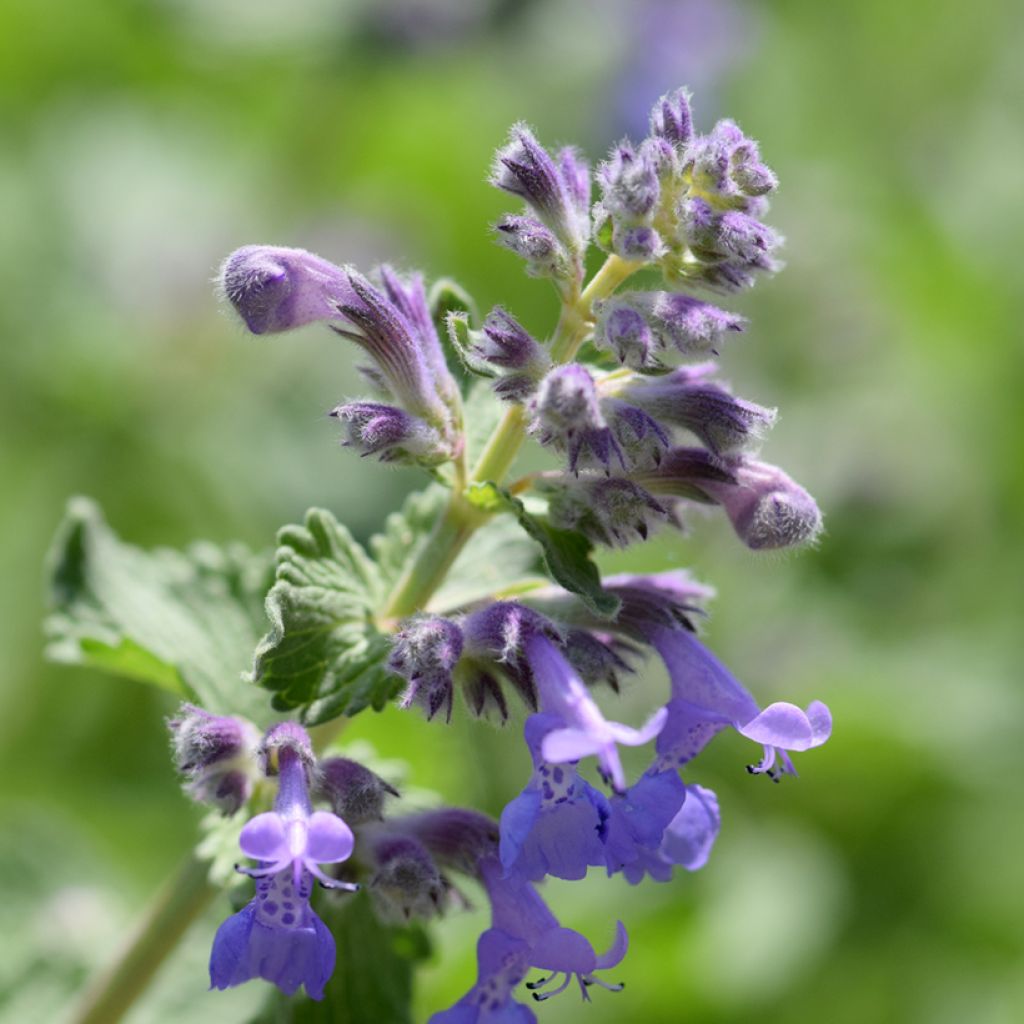

Nepeta manchuriensis Manchu Blue - Catnip
Nepeta manchuriensis Manchu Blue - Catnip
Nepeta manchuriensis Manchu Blue
Catmint, Catnip
I am not happy because all the pots were overturned in the box, and the plant was broken.
Monique, 06/04/2024
This item cannot be shipped to the selected country
Delivery charge from €5.90
More information
Schedule delivery date,
and select date in basket
This plant carries a 12 months recovery warranty
More information
We guarantee the quality of our plants for a full growing cycle, and will replace at our expense any plant that fails to recover under normal climatic and planting conditions.
From €5.90 for pickup delivery and €6.90 for home delivery
Express home delivery from €8.90.
Does this plant fit my garden?
Set up your Plantfit profile →
Description
Nepeta manchuriensis Manchu Blue is a large perennial, vigorous and robust, with a bushy habit forming a beautiful clump. It displays a beautiful velvety and aromatic foliage, with wide leaves of a beautiful fresh green. From May to July, it showcases long spikes bearing large bluish-purple flowers.
Nepetas, also known as Catnip, Catmint or even Catnip Mint, belong to the Lamiaceae family. The species Nepeta manchuriensis is native to Manchuria and Siberia. The Manchu Blue variety is a large herbaceous perennial, vigorous and robust, with a bushy and dense habit, measuring 70 to 100 cm (28 to 39in) in height with a width of 60 cm (24in). This cultivar, with fast growth, has deciduous aromatic foliage consisting of wide, velvety, ovate, dentate, bright green leaves. From May to July, it showcases numerous flowering stems bearing large bluish-purple flowers. Very floriferous and attractive to pollinating insects, it is highly ornamental.
Nepetas are very easy and trouble-free perennials, that are robust and fast-growing. They are essential in the garden for their bushy form, aromatic foliage, and relentless flowering throughout the summer. This catmint, with its long-lasting bluish-purple flowering, is a highly ornamental plant that will be valuable in the garden, whether planted in full sun or partial shade, in a rockery, on a slope, among a perennial border, or even in a scree garden. It is well suited for container cultivation on a patio or balcony. Perfectly hardy, this species appreciates sunny locations and well-drained soil. Its long flowering stems make it an excellent cut flower for creating beautiful country bouquets. The bluish-purple colour of its flowers will beautifully complement the yellow or orange flowers of summer perennials such as Daylilies, Kniphofias, and Rudbeckias, creating stunning contrasts. It will also undoubtedly and beautifully blend with pastel or darker coloured perennials, such as certain Phlox, purple Rudbeckias, Oriental Poppies, Japanese Anemones, and Knautias. It will also have a striking effect at the base of shrub and climbing roses, where it will conceal the often bare and unsightly base.
Report an error about the product description
Nepeta manchuriensis Manchu Blue - Catnip in pictures


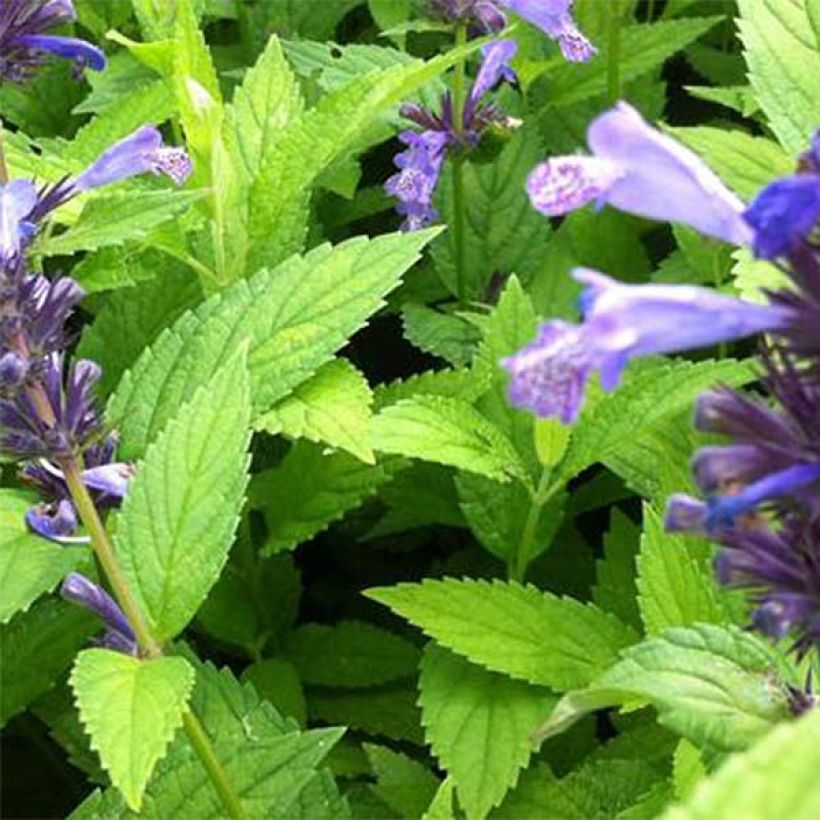

Flowering
Foliage
Plant habit
Botanical data
Nepeta
manchuriensis
Manchu Blue
Lamiacées
Catmint, Catnip
East Asia
Other Nepeta - Catnip
Planting and care
Nepeta manchuriensis Manchu Blue is a vigorous perennial, very easy to grow and perfectly hardy, at least down to -15°C (5°F). It appreciates a sunny position or light shade, as well as ordinary soil, even sandy, rocky and poor, moist to dry, well-drained, especially in winter. In heavy soils, it will be necessary, during planting, to add gravel and sand to improve drainage. Adapting well to drought, watering should only be done if the plant shows obvious signs of thirst. Planting should preferably be done in spring, so that the roots are well developed before the winter cold. It is advisable to let the clump dry out all winter, to protect the stump from the cold. Cut back severely in early spring, before the new foliage starts to grow. Throughout flowering, remove faded flower spikes to encourage continuous flower production. It is also possible, during summer, to cut back the faded inflorescences with shears to a height of 20 cm (8in), which will make the plant more compact and extend its flowering until autumn, or even until frost. Multiplication can be done by dividing clumps in spring. It should also be noted that this species readily naturalises in the garden through self-seeding, as long as a few faded spikes are left on the plant to produce seeds. While young shoots of Nepetas are highly disease resistant, they can sometimes be attacked by slugs, and the foliage may develop powdery mildew in dry summers.
Planting period
Intended location
Care
-
, onOrder confirmed
Reply from on Promesse de fleurs
Summer flowering perennials
Haven't found what you were looking for?
Hardiness is the lowest winter temperature a plant can endure without suffering serious damage or even dying. However, hardiness is affected by location (a sheltered area, such as a patio), protection (winter cover) and soil type (hardiness is improved by well-drained soil).

Photo Sharing Terms & Conditions
In order to encourage gardeners to interact and share their experiences, Promesse de fleurs offers various media enabling content to be uploaded onto its Site - in particular via the ‘Photo sharing’ module.
The User agrees to refrain from:
- Posting any content that is illegal, prejudicial, insulting, racist, inciteful to hatred, revisionist, contrary to public decency, that infringes on privacy or on the privacy rights of third parties, in particular the publicity rights of persons and goods, intellectual property rights, or the right to privacy.
- Submitting content on behalf of a third party;
- Impersonate the identity of a third party and/or publish any personal information about a third party;
In general, the User undertakes to refrain from any unethical behaviour.
All Content (in particular text, comments, files, images, photos, videos, creative works, etc.), which may be subject to property or intellectual property rights, image or other private rights, shall remain the property of the User, subject to the limited rights granted by the terms of the licence granted by Promesse de fleurs as stated below. Users are at liberty to publish or not to publish such Content on the Site, notably via the ‘Photo Sharing’ facility, and accept that this Content shall be made public and freely accessible, notably on the Internet.
Users further acknowledge, undertake to have ,and guarantee that they hold all necessary rights and permissions to publish such material on the Site, in particular with regard to the legislation in force pertaining to any privacy, property, intellectual property, image, or contractual rights, or rights of any other nature. By publishing such Content on the Site, Users acknowledge accepting full liability as publishers of the Content within the meaning of the law, and grant Promesse de fleurs, free of charge, an inclusive, worldwide licence for the said Content for the entire duration of its publication, including all reproduction, representation, up/downloading, displaying, performing, transmission, and storage rights.
Users also grant permission for their name to be linked to the Content and accept that this link may not always be made available.
By engaging in posting material, Users consent to their Content becoming automatically accessible on the Internet, in particular on other sites and/or blogs and/or web pages of the Promesse de fleurs site, including in particular social pages and the Promesse de fleurs catalogue.
Users may secure the removal of entrusted content free of charge by issuing a simple request via our contact form.
The flowering period indicated on our website applies to countries and regions located in USDA zone 8 (France, the United Kingdom, Ireland, the Netherlands, etc.)
It will vary according to where you live:
- In zones 9 to 10 (Italy, Spain, Greece, etc.), flowering will occur about 2 to 4 weeks earlier.
- In zones 6 to 7 (Germany, Poland, Slovenia, and lower mountainous regions), flowering will be delayed by 2 to 3 weeks.
- In zone 5 (Central Europe, Scandinavia), blooming will be delayed by 3 to 5 weeks.
In temperate climates, pruning of spring-flowering shrubs (forsythia, spireas, etc.) should be done just after flowering.
Pruning of summer-flowering shrubs (Indian Lilac, Perovskia, etc.) can be done in winter or spring.
In cold regions as well as with frost-sensitive plants, avoid pruning too early when severe frosts may still occur.
The planting period indicated on our website applies to countries and regions located in USDA zone 8 (France, United Kingdom, Ireland, Netherlands).
It will vary according to where you live:
- In Mediterranean zones (Marseille, Madrid, Milan, etc.), autumn and winter are the best planting periods.
- In continental zones (Strasbourg, Munich, Vienna, etc.), delay planting by 2 to 3 weeks in spring and bring it forward by 2 to 4 weeks in autumn.
- In mountainous regions (the Alps, Pyrenees, Carpathians, etc.), it is best to plant in late spring (May-June) or late summer (August-September).
The harvesting period indicated on our website applies to countries and regions in USDA zone 8 (France, England, Ireland, the Netherlands).
In colder areas (Scandinavia, Poland, Austria...) fruit and vegetable harvests are likely to be delayed by 3-4 weeks.
In warmer areas (Italy, Spain, Greece, etc.), harvesting will probably take place earlier, depending on weather conditions.
The sowing periods indicated on our website apply to countries and regions within USDA Zone 8 (France, UK, Ireland, Netherlands).
In colder areas (Scandinavia, Poland, Austria...), delay any outdoor sowing by 3-4 weeks, or sow under glass.
In warmer climes (Italy, Spain, Greece, etc.), bring outdoor sowing forward by a few weeks.

































